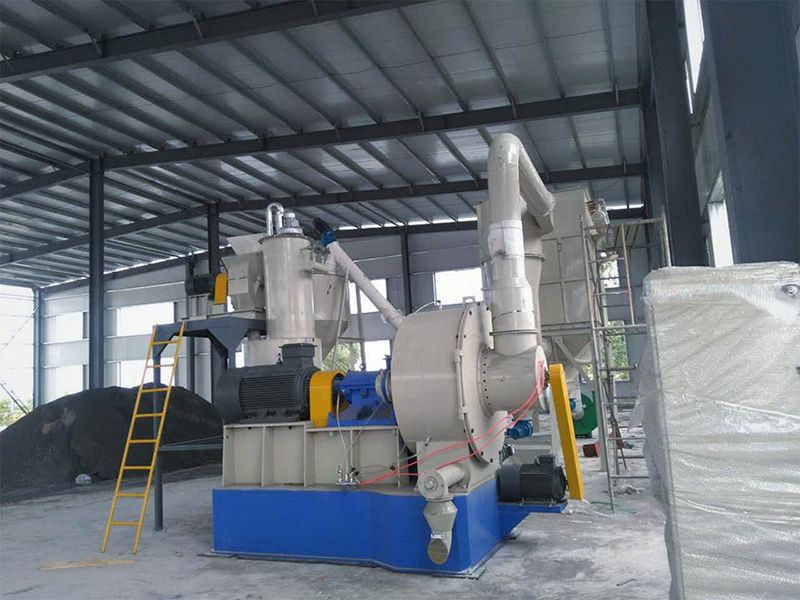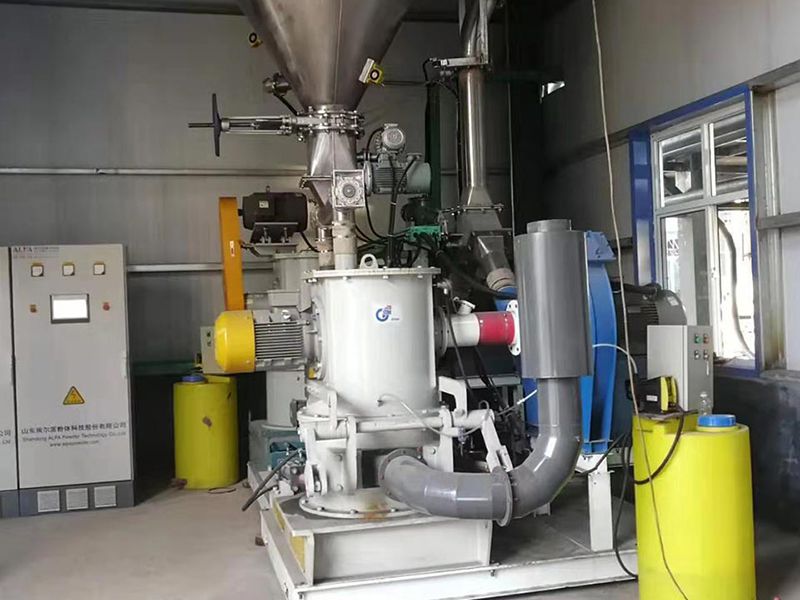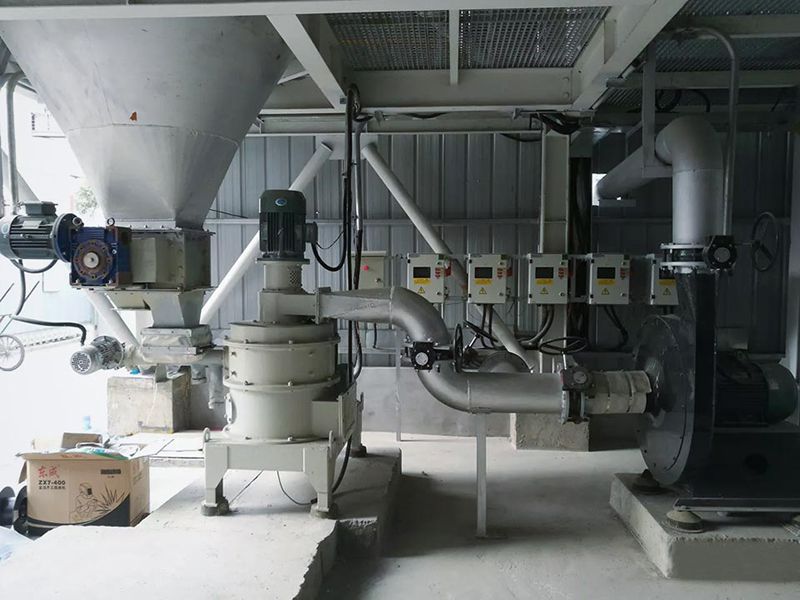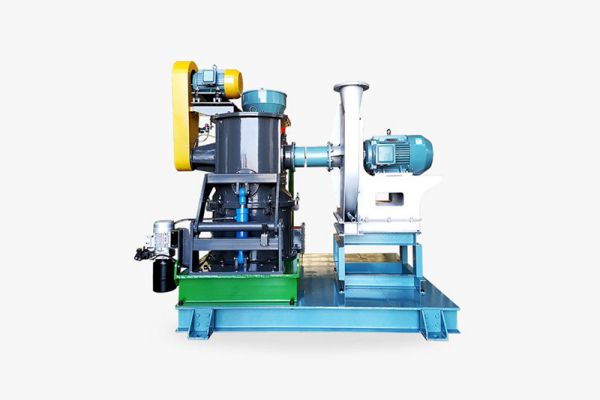Basic principle for flue gas desulfurization
Sodium bicarbonate (or baking soda, NaHCO3) is an effective adsorbent for flue gas desulfurization. It helps to neutralize acidic pollutants by chemical adsorption, and, can be used to absorb various inorganic and organic trace substances. This fine powder is sprayed straight into the high-temperature emissions, and is then broken down at high temperatures into components, such as sodium carbonate (Na2CO3), H2O and CO2.
The flue gas temperature generally ranges from 140 - 250°C. Sodium bicarbonate adsorbent works particularly well in this range, so an amount slightly greater than the needed amount (in the range of 1.1~1.3 times) is adequate.
For transportation and storage purposes, it is common for sodium bicarbonate to be coarse-grained (D50 approx. 200 μm). For maximum reactivity, however, it must be ground finer before being injected into the flue gas duct. This requires the D90 value to be less than 20 μm for SO2 removal and 35 μm for HCl removal. With correct system operation, SO2 can be reduced by more than 95% and HCl by up to 99%.

























